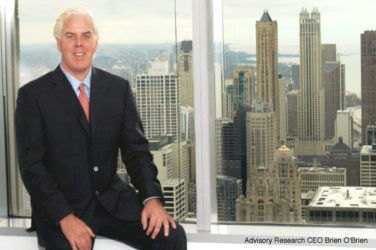
Pensions, endowments and foundations gear up for a social mission that includes SRI investing.
Four out of five defined benefit and contribution plan sponsors expect demand for sustainable and responsible Investing (SRI) options to grow or hold firm over the next five years, according to a survey conducted by US SIF, the forum for sustainable and responsible investment.
“Some investment managers are driven by their organizational mission; especially foundation, and non-profits, SRI might be a part of their social mission, and that’s what drives this segment from plan sponsors,” said Meg Voorhes, research director at US SIF.
The number of funds that have incorporated SRI investing have gone from 55 funds, in 1995, to 493 in 2010. Additionally in 1995, $12 billion of assets were considered in the SRI bucket; and today that number tops $569 billion.
“Plan sponsors, such as pensions, have expressed curiosity about SRI investing—the majority thinks this will increase, but they acknowledge that they don’t know a lot about it. The main drivers in adopting plans are actually requests for participants,” Voorhes told Markets Media.
According to study conducted by US SIF, 85 percent of plans adopt SRI investing due to client demand.
Demand for end beneficiaries may be the top reason to incorporate SRI, but Voorhes noted that US SIF studies report that “SRI strategies will find companies that perform well over the long-term, with hidden sources of alpha, and good corporate policies.”
When implementing SRI strategies, money managers remove negative strategies and screen out companies for poor performance. Voorhes also noted firms who favor ESG (environmental, social governance) integration as an investing class.
In addition to institutions, among the broader universe of investment vehicles that incorporate
ESG factors into investment management are registered investment companies, which accounted for $320.3 billion last year—via 281 funds. Registered investment companies consist of mutual funds (including those underlying annuity products), exchange-traded funds (ETFs) and closed-end funds.



